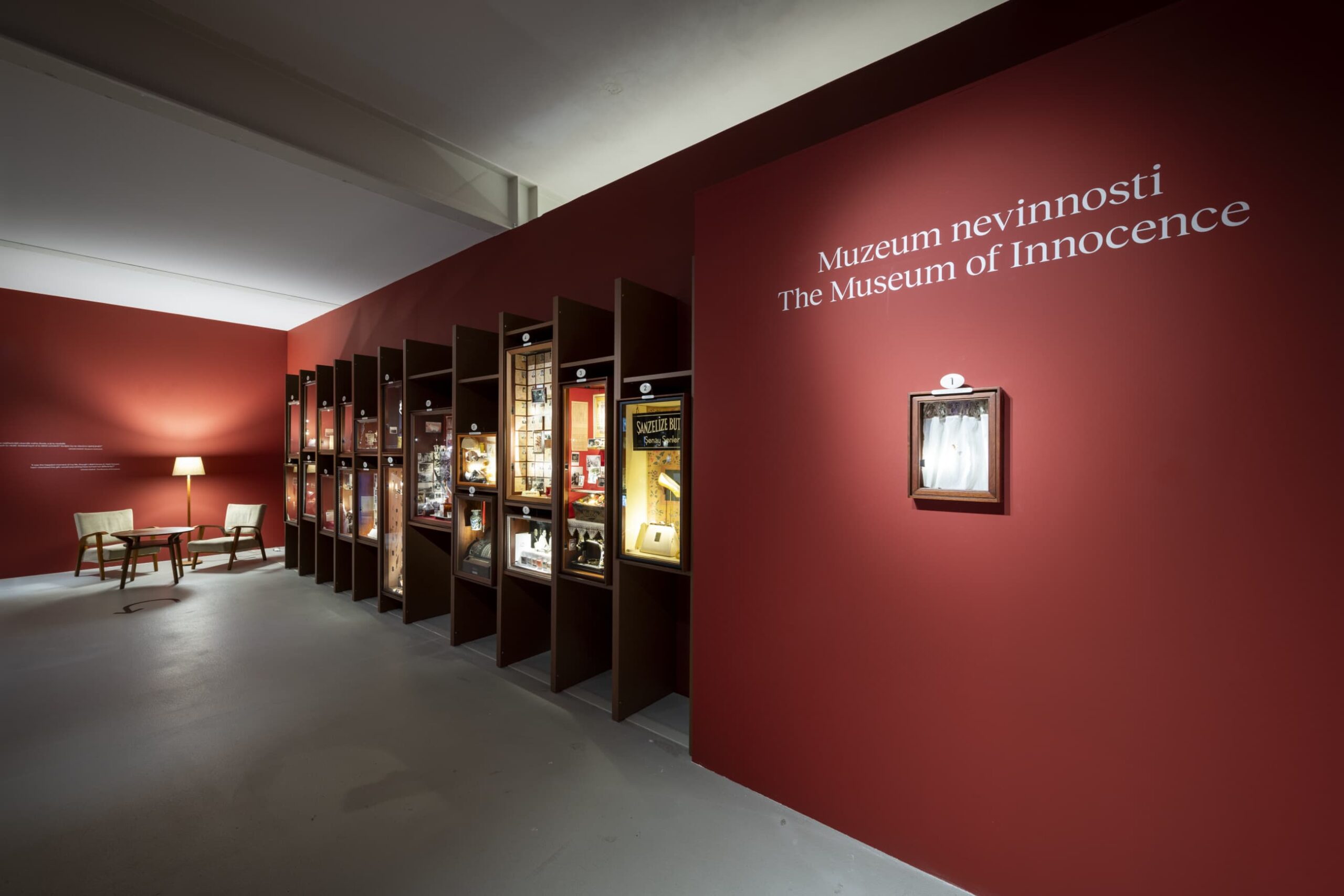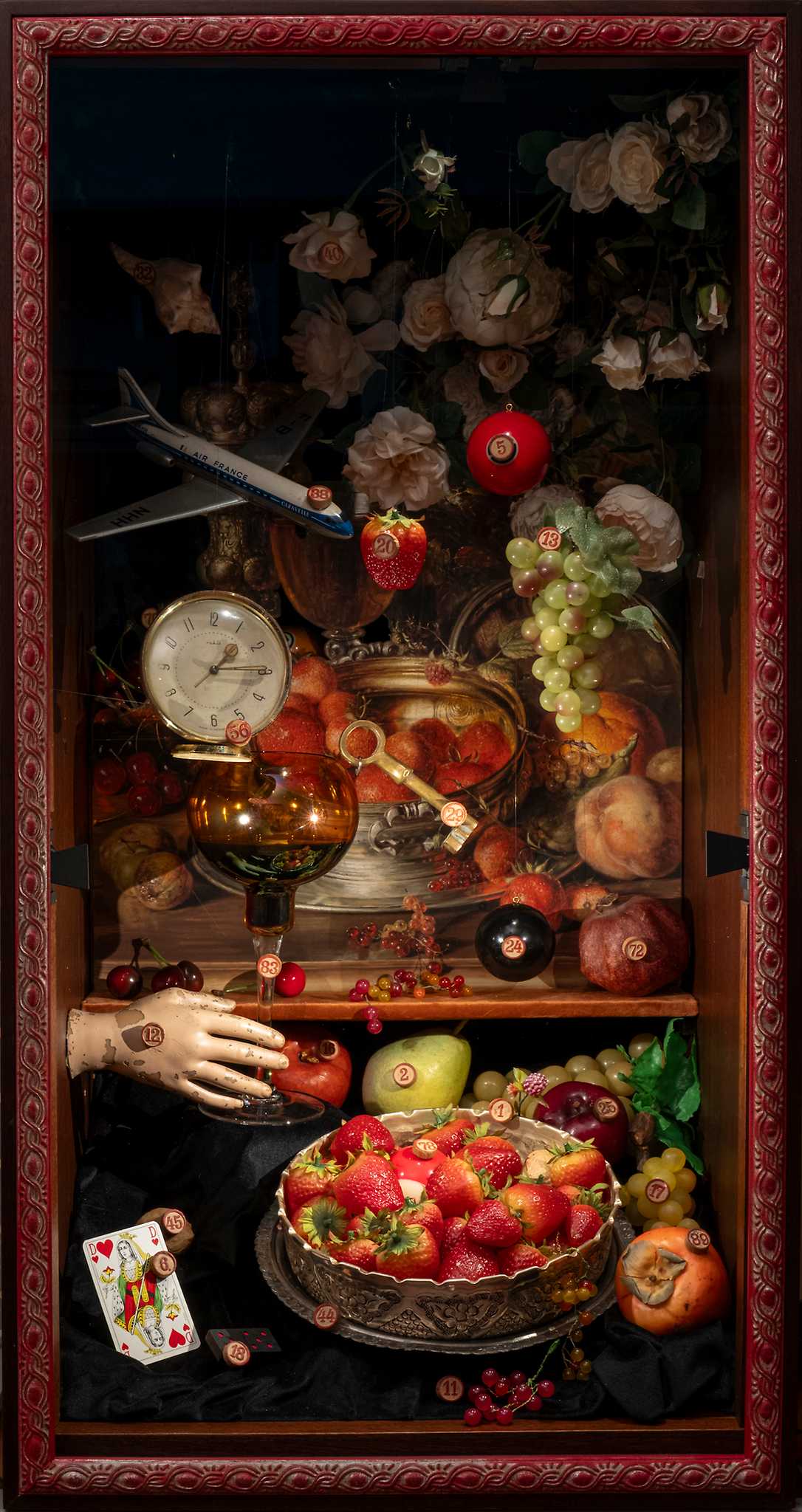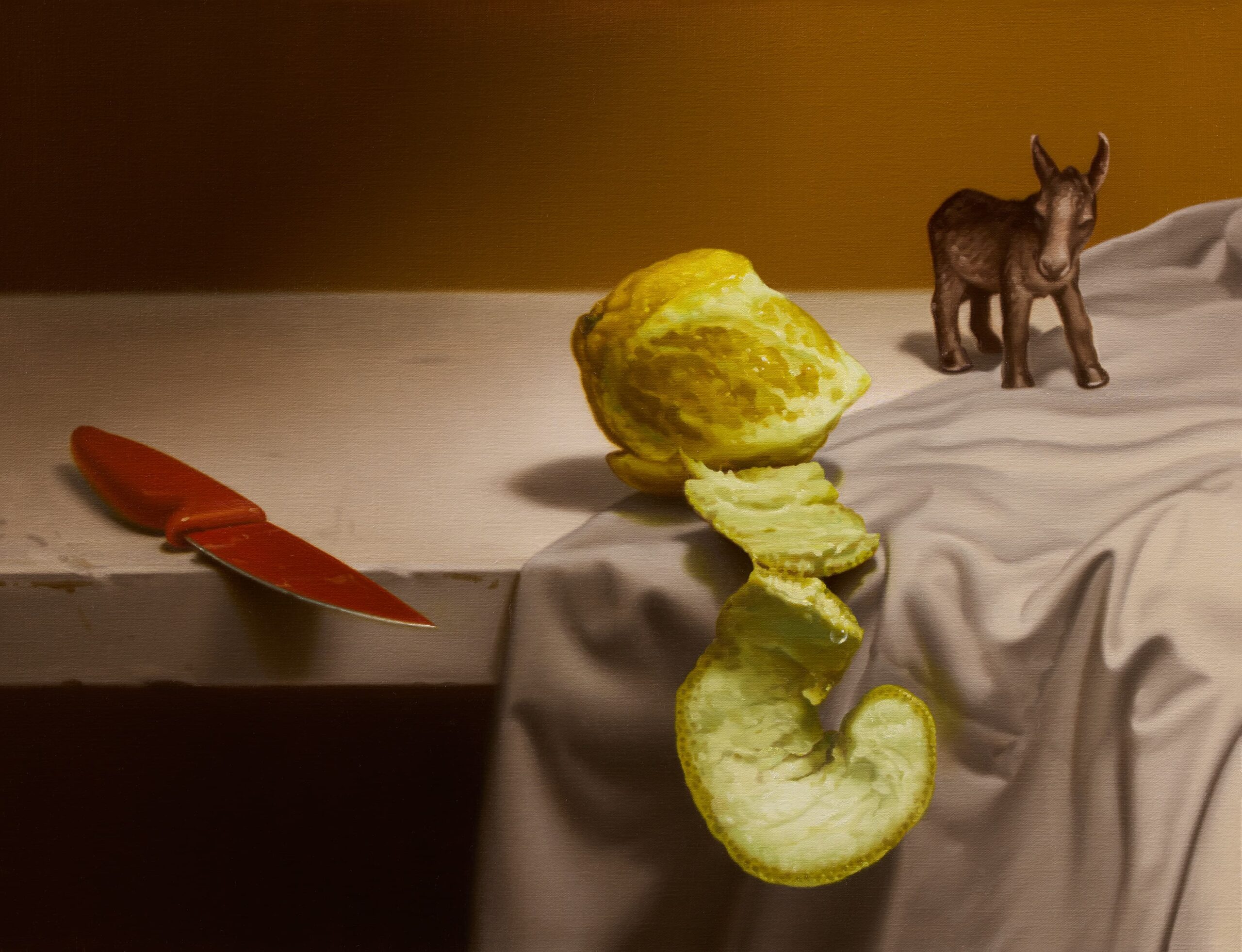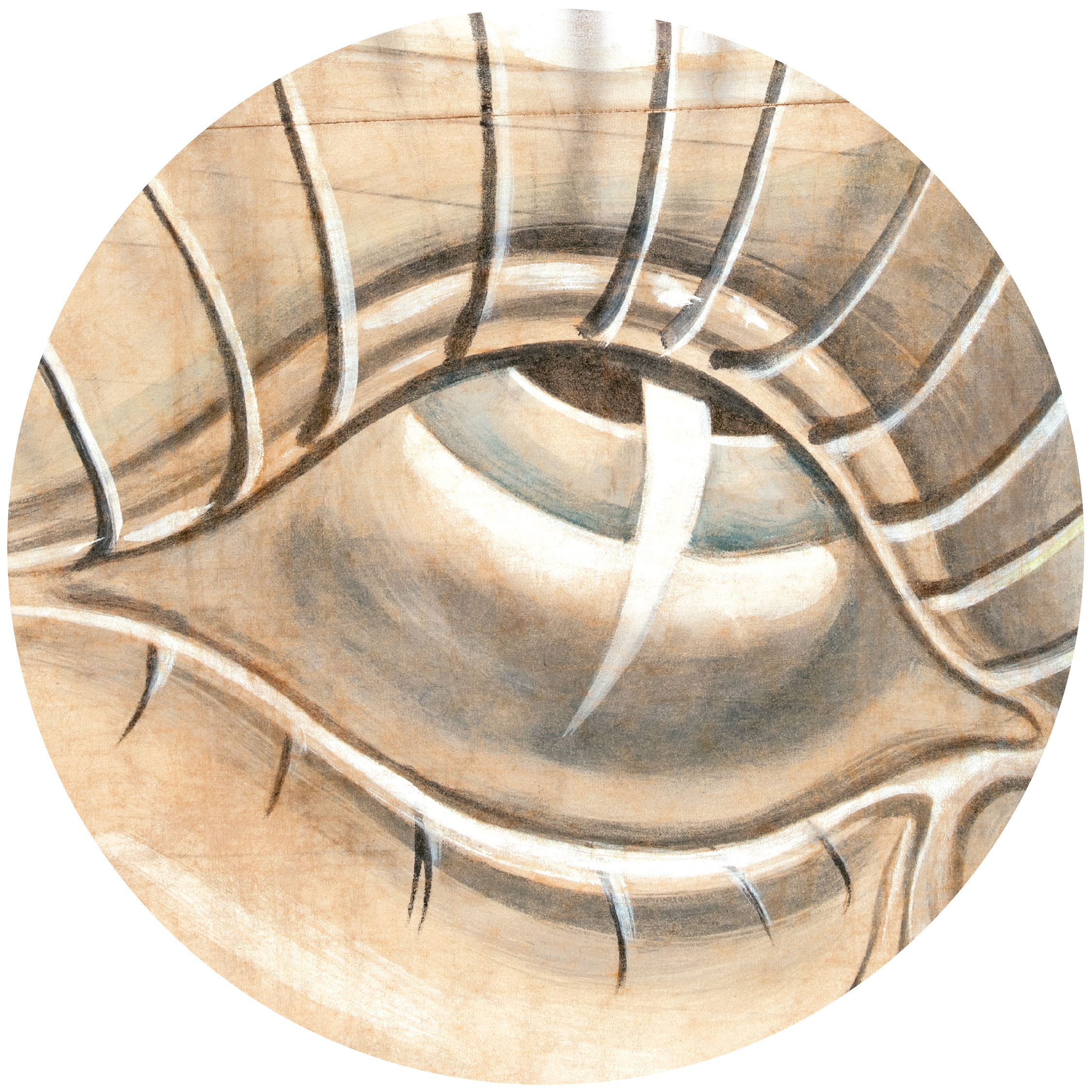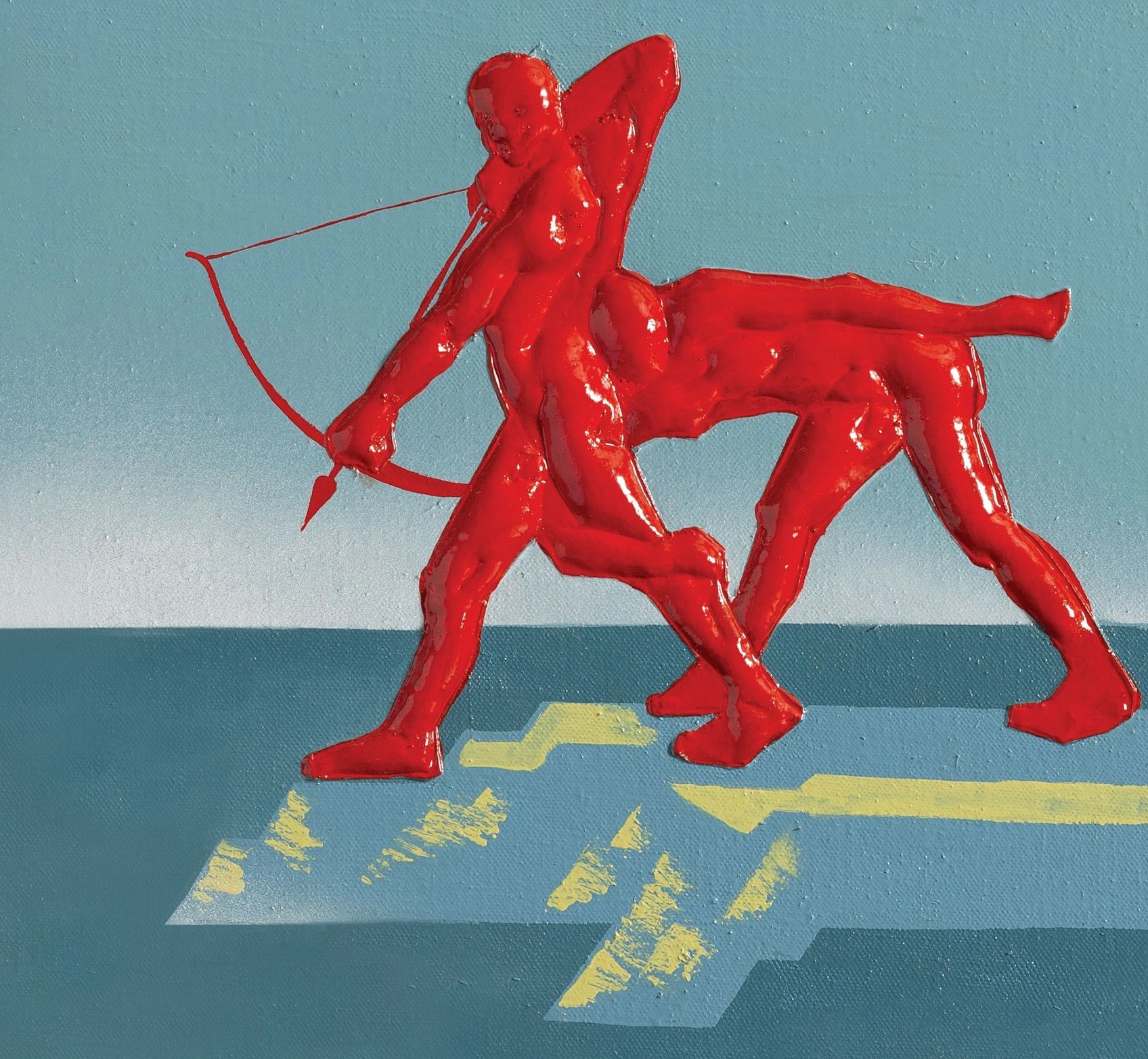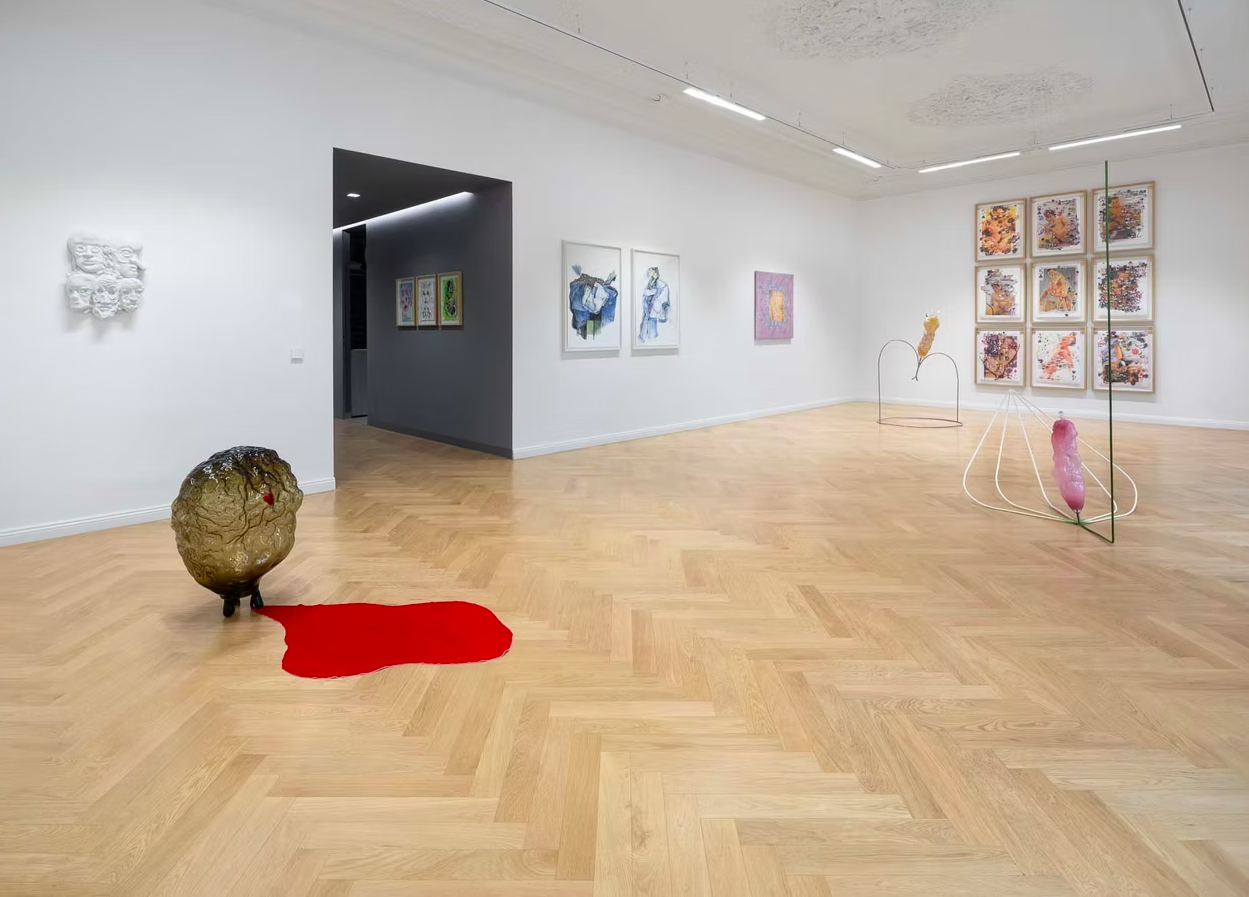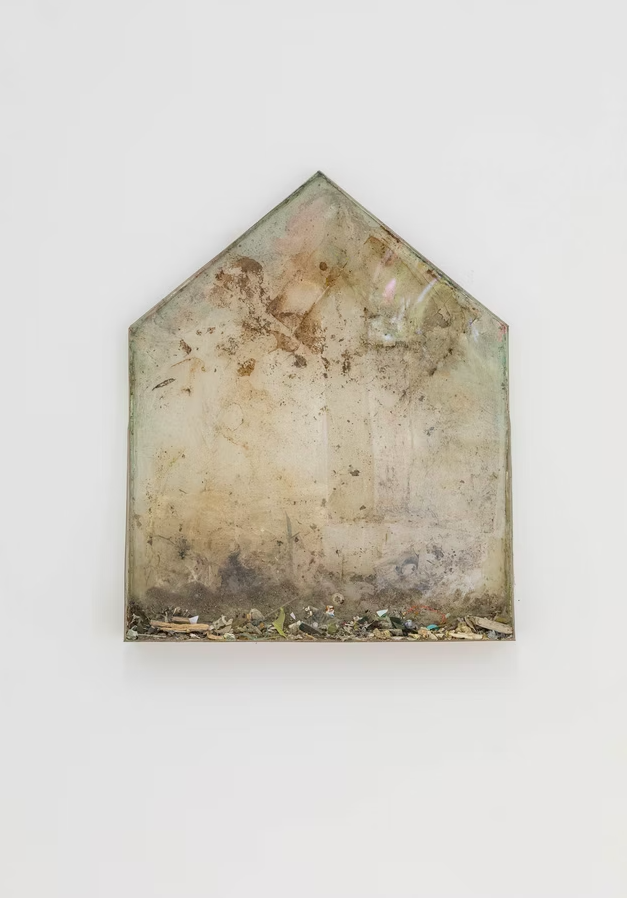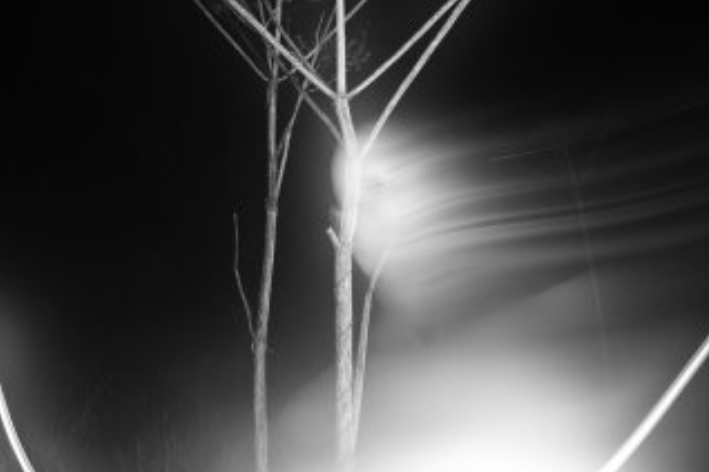Current exhibitions at the DOX Centre for Contemporary Art
DOX offers a rich and varied summer program with several solo exhibitions. Besides the newly opened David Lynch: Up in Flames, you can visit exhibitions differing thematically and formally but sharing social and cultural relevance.
The first is a solo exhibition by Hynek Martinec, one of the most prominent Czech hyperrealists. Martinec combines classical painting techniques with modern motifs and digital interventions. His works incorporate elements of antiquity, baroque, and the modern world, often featuring the motif of a lemon—a symbol neutral yet full of meaning. His paintings create tension between past and present, raising questions about how we perceive historical heritage in the digital age. The exhibition runs until August 24.
The second exhibition presents Viktor Pivovarov, a legend of the Russian unofficial scene. His new works explore metaphysics, absurdity, and despair but also include humor. The exhibition responds to current crises and questions the meaning of art, especially regarding the war in Ukraine.
The third project offers a unique look at Orhan Pamuk’s work, combining literary and visual art. The exhibition The Consolation of Things draws on his famous novel The Museum of Innocence, presenting original artifacts, drawings, and videos that create a dialogue between story, objects, and time.
Museum Kampa: “Eye to Eye – THE EYE in Art 1900–2025”
The exhibition Eye to Eye – THE EYE in Art 1900–2025 at Museum Kampa offers a fascinating overview of the eye motif in modern and contemporary art. The eye is not only a physical organ of sight here but becomes a symbol of insight, knowledge, surveillance, and control. This ancient symbol has deep roots in mythology, religion, and artistic tradition, undergoing significant transformations in art since the early 20th century.
The exhibition features diverse media and techniques—from painting and sculpture to video and paper objects. Important artists like František Kupka, Salvador Dalí, and Toyen use the eye in various contexts—from surrealist visions to abstract forms. In an increasingly digitalized world with constant monitoring technologies, the exhibition acts as a metaphor for our consciousness and the intrusion into private spheres. Contemporary artists also reflect both the aesthetics and political-social contexts linked to vision and seeing.
The Chemistry Gallery: “Venus and the Sign Swimmers”
Venus and the Sign Swimmers at The Chemistry Gallery presents the work of Vojtěch Horálek, focusing on unusual views of the human body and its relationship with the natural environment, especially in the context of summer recreational spaces. Horálek paints on plexiglass and wood, revealing bizarre, sometimes grotesque figures that seem to emerge from the surface.
The theme of the swimming pool, sun, and water is explored not only as an idyllic place of rest but also as a site of social interaction and contemporary alienation. The figures are strangely deformed, often appearing as monstrous hybrids of humans and nature, prompting reflection on our embodiment and ecological connections. Horálek’s work also touches on broader questions of the Anthropocene, climate, and the human relationship to the environment. What is usually associated with relaxation becomes a place of uneasy, paradoxical existence.
SPOT Gallery: “Internality”
The exhibition Internality at SPOT Gallery presents an intimate encounter with works by Czech and Slovak artists focusing on introspective themes such as identity, embodiment, memory, and interpersonal relationships. It offers a broad range of media—from painting and drawing to objects and multimedia installations.
Artists like Radoslav Bigoš, Veronika Šrek Bromová, Mark Ther, Lukáš Cinkanič, Andrej Dúbravský, and Alžběta Krňanská work with deep personal stories that often transcend individual experience to raise universal questions about human existence.
The exhibition is a space for quiet but intense dialogues between works that explore hidden layers of consciousness and inner experiences. In contrast to everyday external reality, artistic internalities become forms of defense and self-discovery. SPOT Gallery offers visitors a space to pause and reflect on what happens inside us, in our emotions and memories, shaping our identity and relationships with the world.
Galerie NoD: “A Garden of Shifting Minds”
At Galerie NoD, you can see Adam Vačkář’s exhibition A Garden of Shifting Minds until July 31. It explores complex relationships between nature, culture, and human knowledge through the phenomenon of the invasive plant giant hogweed (Heracleum mantegazzianum). Curated by Pavel Kubesa, the exhibition builds on Vačkář’s long-term research and involves experts from biology, psychology, landscape architecture, spirituality, and art. The hogweed is presented not only as an invasive species impacting European ecosystems but also as a symbol of migration, colonialism, and cultural transformations raising questions about boundaries between nature and culture, the native and the foreign, the safe and the dangerous.
The exhibition offers a mental “garden” where various modes of knowledge—scientific, intuitive, and philosophical—intertwine without hierarchy, aiming to inspire a new politics of sensitivity and care for otherness. Installations combine traditional material techniques like modeling and analog photography with multimedia formats including sculptures, videos, and performances. Embodiment and materiality are crucial, as the artwork seeks to convey nonverbal knowledge beyond logical understanding, reaching experience, sensitivity, and perception
